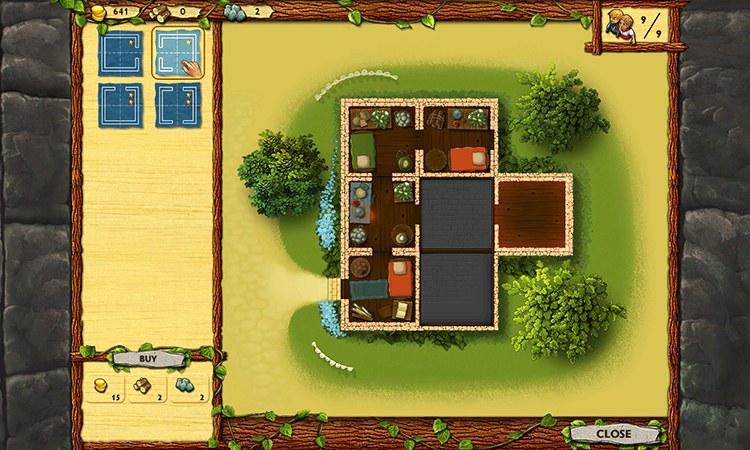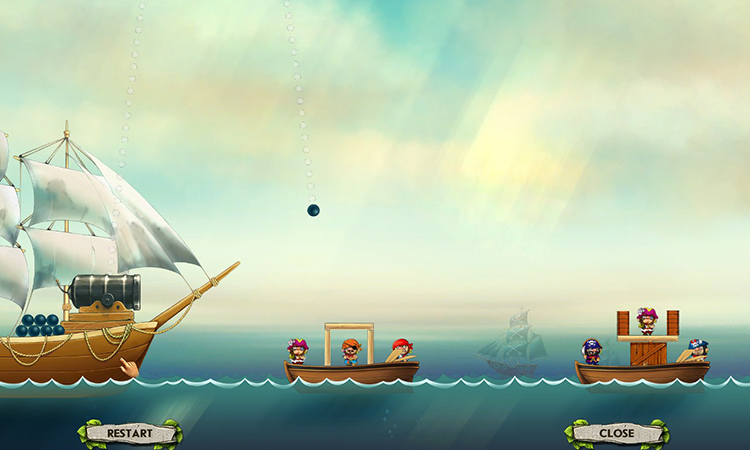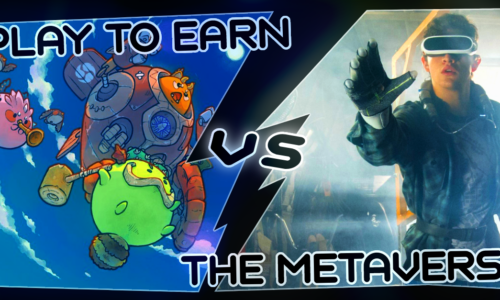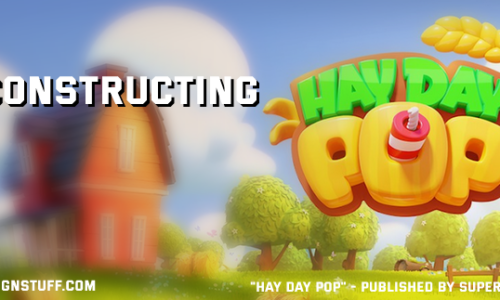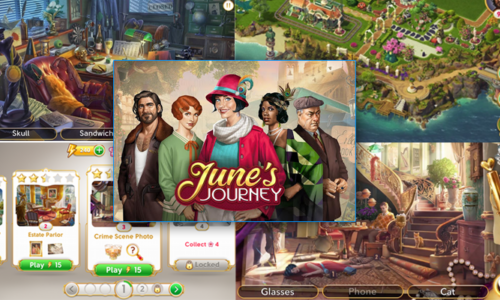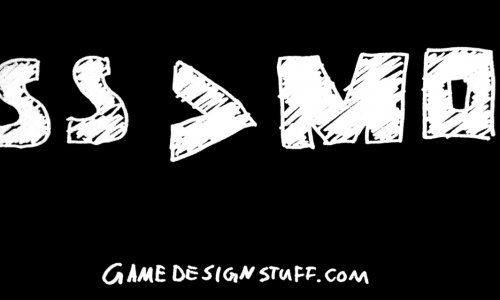Learning from Games
As designers, we can learn from every game. So naturally, whenever I play a game, I play them as a player but also as a designer. To be efficient with my resources (time), I want to learn as much as possible from the games I invest time in. For this purpose, it doesn’t matter if it is a critically acclaimed blockbuster or a niche casual game. There is potential to learn from every one of them.
In fact, I believe it is easier to learn from the not-perfect games as their mistakes are easier to identify. Playing games, learning from their mistakes and also from their accomplishments, helps to build a library of systems, mechanics, and emergent behavior. This library, together with the right level of seniority, enables designers to make the right call and see more paths that their products could take.
The Game
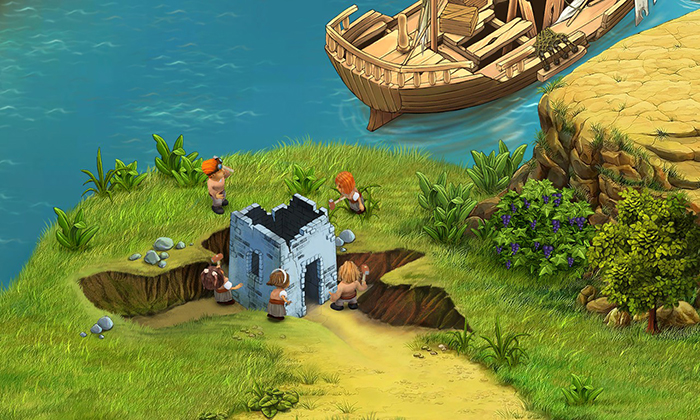
The game that I will discuss in this post is the “Promised Land”. I picked it up in a Steam Sale for just a few cents. I am interested in all genres of games, and I make my living by creating casual games so it was an easy choice.
The Narrative
In “The promised Land” the players take over the control of a colony in medieval times and ensure its prosperity by building, expanding and trading.
The gameplay
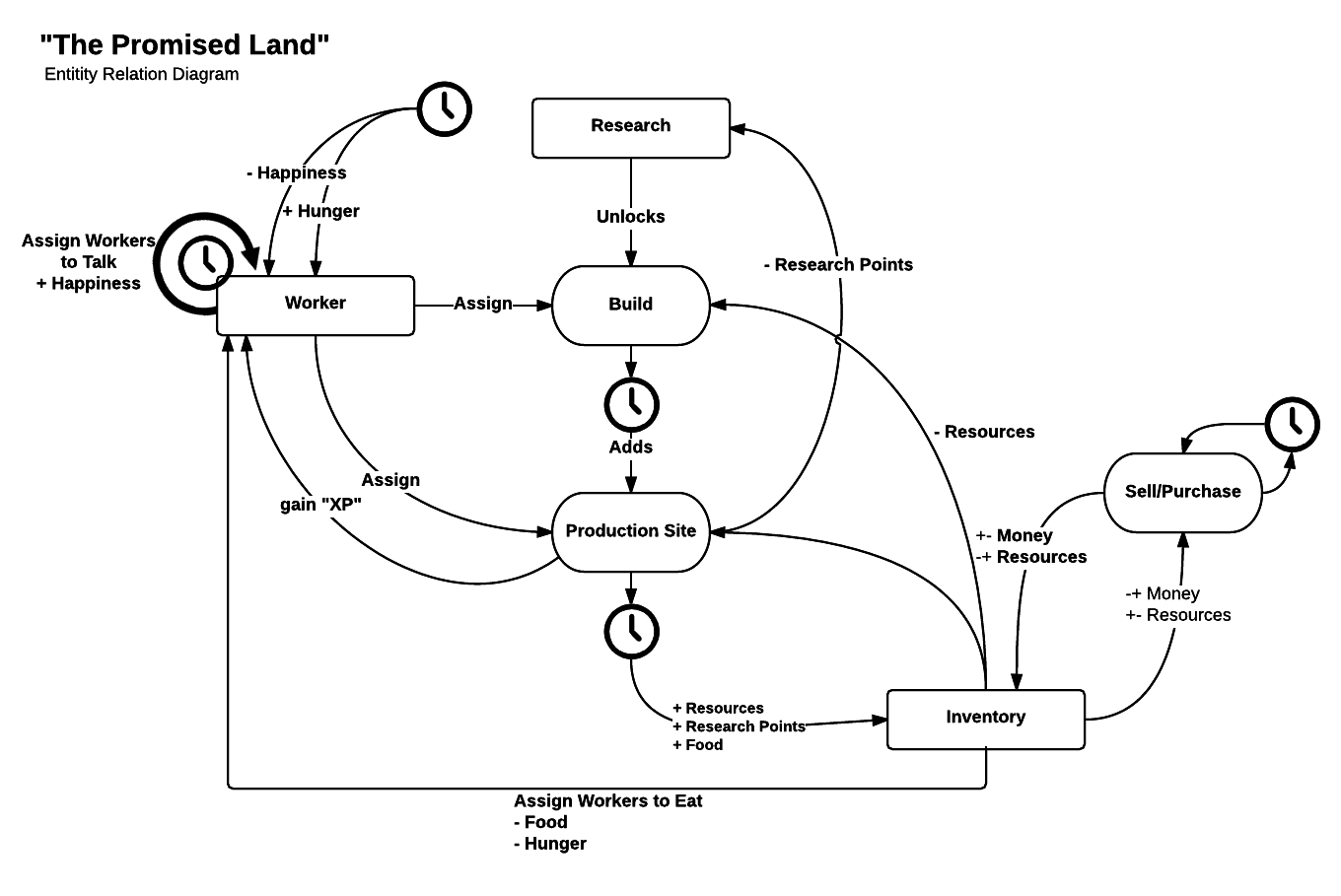
Core System: Production Sites
To make this narrative happen players assign their workers to various production sites. Upgrade states for all the production nodes can be unlocked by researching them with research points. This is a resource that is produced by assigning workers to the observatory (a production site).
The goal is to establish the colony by building more production sites and discovering the whole map. Hence, exhausting the content.
To offer players a brief choice, the game is balanced so that there are more production sites than workers. This forces players to strategize what resource they will need next. This information is established by guiding the players with missions and trade events.
New workers can be obtained by solving quests or by trade.
Through the course of the game, players unlock more production sites that they can assign their workers to.
Core Mechanic: Assigning Workers
The interaction (input, verb) to drive the core system is simply drag and dropping workers on their worksite.
Supporting System: Worker Happiness & Efficiency

Over time, workers become hungry and unhappy. By drag & dropping workers next to each other, they will initiate a conversation which will make them happy again. This only comes at the opportunity cost of them not being able to work on a production site in that time.
Hunger is solved by assigning a worker to a table, this will consume harvested food resources but it will also come at a time cost.
To not make the game to punishing and tedious, workers will automatically go to the table or start talking. A good design decision otherwise the players will find themselves merely managing unhappy workers the whole time.
By micromanaging, players can streamline the process and choose a more suited time or conversation partner for the worker.
Workers are trained at a specific activity by working in one of the production sites.
They even have a personality that determines their efficiency by production-type.
Supporting System: Trade

After unlocking the ship, players can trade resources for money or other goods that are needed to build more production sites. Although it is a supporting system, it is necessary to progress. The items you see on the right, can not be obtained from anywhere else in the game.

An important feature in this system is the bonus payment. For a limited time, players get additional pay for specific goods. This asks players to shift their worker-economy towards the production of a certain good. This is one of the main drivers to keep the game entertaining and somewhat demanding.
Supporting System: Research
The observatory can be worked like any other production site which will earn players research points. These are used to unlock techs that are organized in a tech-tree, where certain techs can only be acquired if the previous one has been learned.The research system serves as one of the major progression blockers because generating the resources for the upgrades takes very long.
Supporting System: Crops & House Micromanagement
Some buildings offer additional properties that players can tweak. This gives players one layer of depth that is entangled with the research system.
Minigame: Angry Birds
This is a minigame that is unlocked after building a fort. In angry birds manner, the players need to shoot a cannonball on pirates. As a return, they will receive gold. I find this game mode very problematic as it is aiming at totally different players. The regular game is not asking for any physics-puzzle related skills. Fortunately, the minigame is not vital to the progression of the game. But IMO it was not the most valuable way to spend development resources on. Some players might have liked, it, but it there is also a big chance of alienating many of the players that were targeted originally.
Quests
The quest system sets up some breadcrumbs to give players the next goal. They are introduced by one of the characters and make sure players always know what to do next.
Gameplay Assessment
In “The Promised Land”, there is no loose-state the only punishment for not solving the game’s problems is that progressing takes longer. Players can not lose progress. This is one of the most important implications of casual games. The “cost” of playing bad, should never be too high. Systematically this is not handled very well in my opinion because there is virtually no reason to use many of the supporting systems.
I will use Marc Le Blanc taxonomy of kinds of fun to categorize the games focus on creating fun for its players. The main goal and, therefore, the motivation of the player is to reach a fully upgraded map. Therefore, the game triggers the players curiosity and urge to discover the remaining pieces of the world.
The somewhat relatable and approachable setting is responsible for my higher ratings in the Narrative categories.
What Works
- Simple loop that is very accessible, just feeding of a worker placement mechanic
- No fail state, the game just goes on, players can not really screw up, the worst the player can do is playing inefficiently
- Good example scaling in complexity only, not in depth
- Small addition systems unlocked over time keep the game interesting
What doesn’t work
- The game offers many systems that focus on the “efficiency” of workers, but there is not much incentive to use these systems. Making the workers more efficient simply means that they produce things faster. But the time it takes to micromanage the workers, is barely regained by the increased production speed
- The minigame it is targeted at other players than the core gameplay
- Being targeted at a very casual audience, I think the tutorial and the beginning of the phase lacks many explanations, e.g. highlights in the terrain would be needed in order to see where production sites are





